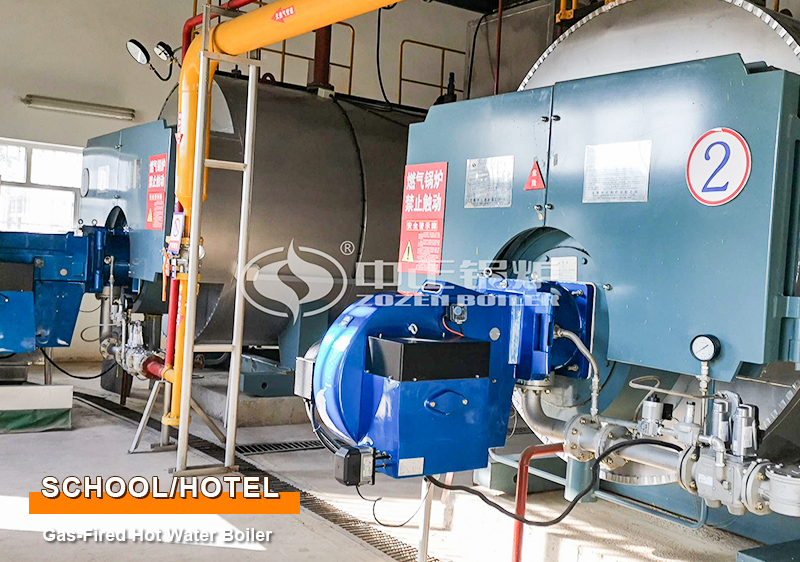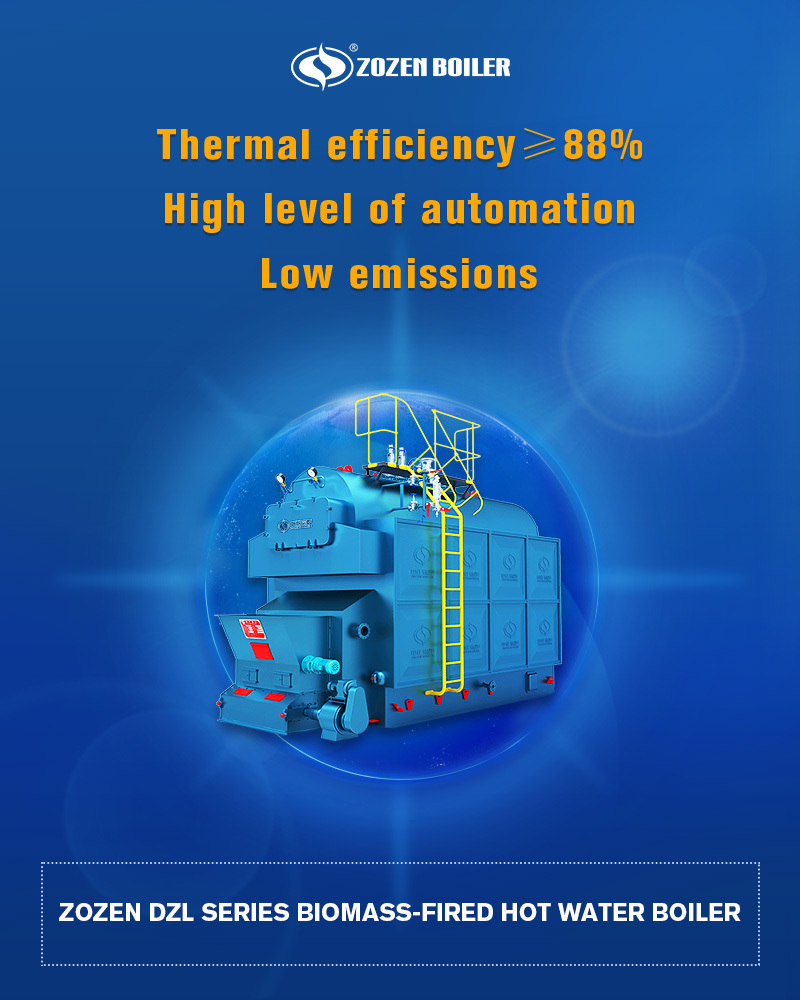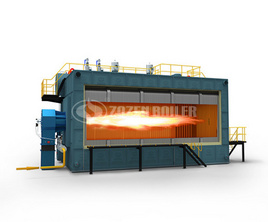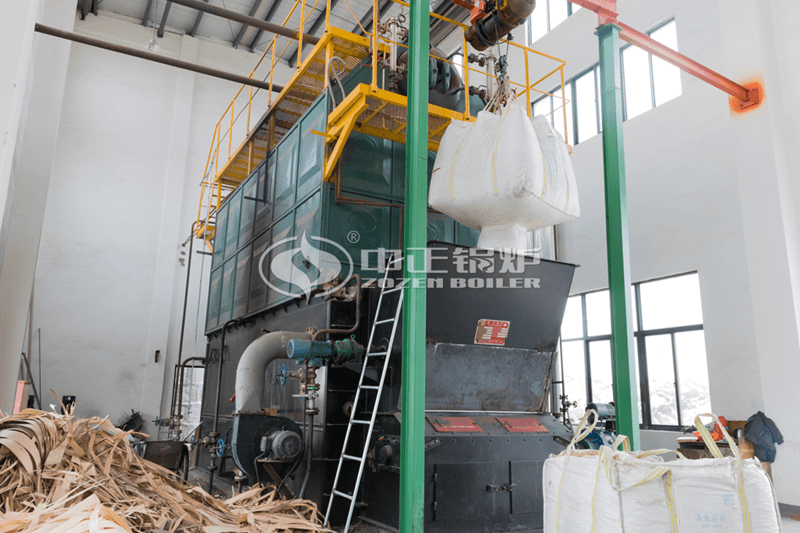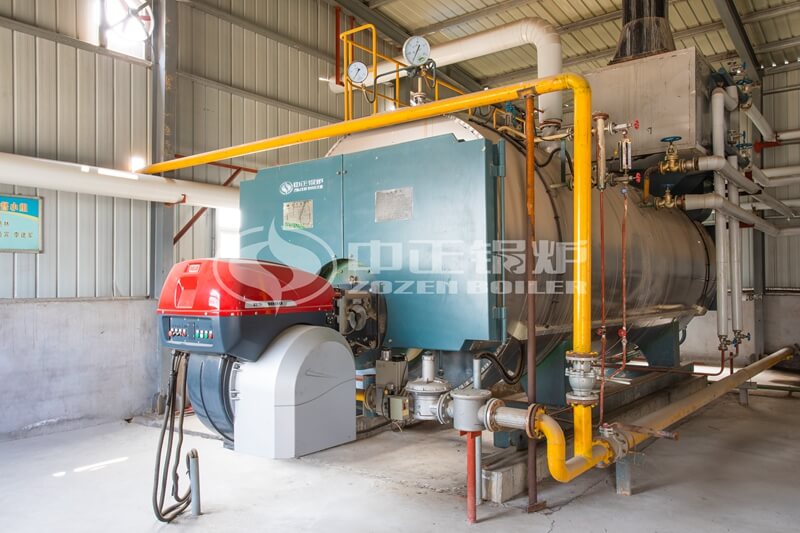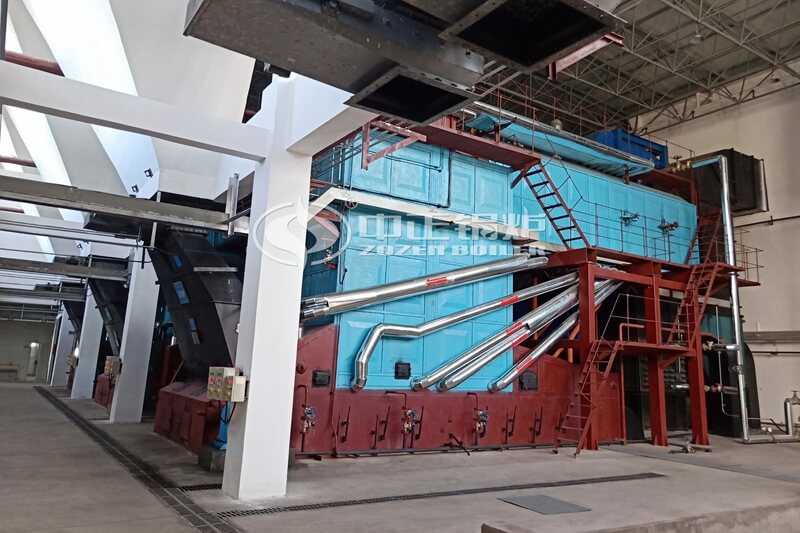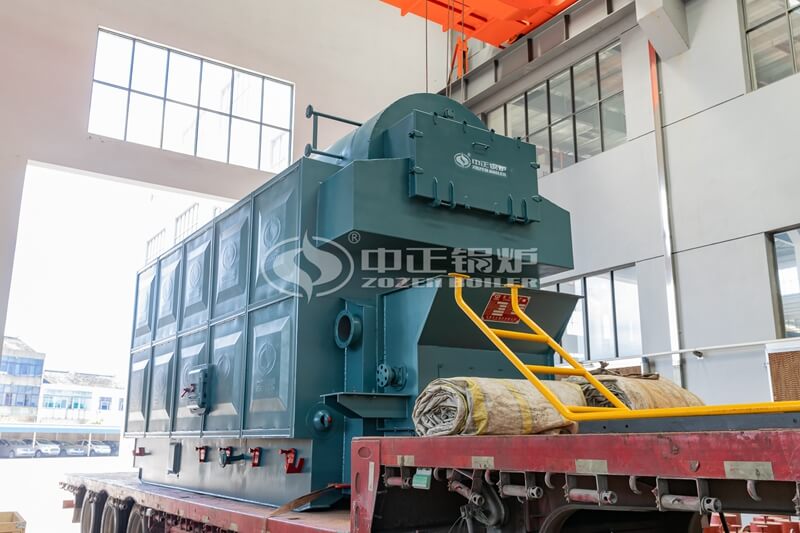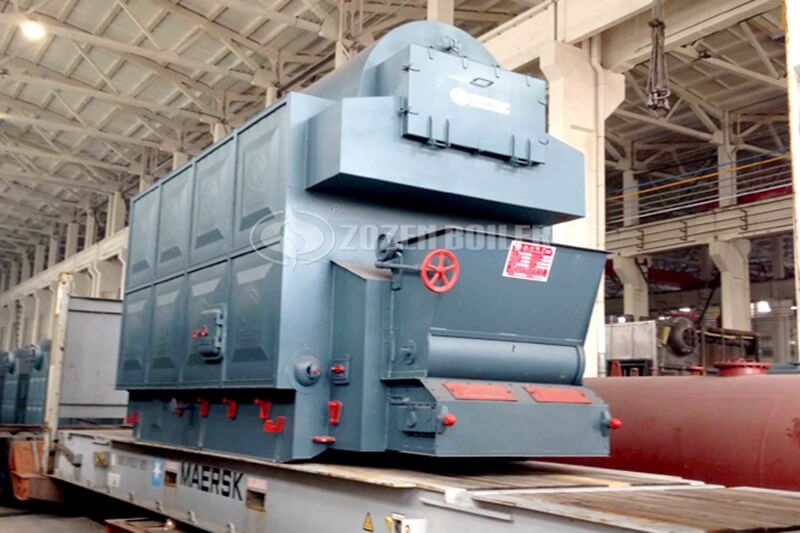For the power consumption of hot water boiler, we use temperature to control the start and stop of water pump, try not to let the water pump work at low temperature, and then start the water pump when the set temperature reaches. The main reason for the power consumption of the boiler is the reduction of the fouling thermal efficiency of the inner wall of the boiler. It is suggested to magnetize or soften the boiler water, which can not only save energy, but also prolong the service life of the boiler. Atmospheric pressure boiler, also known as pressureless hot water boiler, refers to the top of the boiler through the atmosphere, does not bear the static pressure of the water column of the heating system. This is a very open hot water tank. The circulating water pump can only be installed on the main pipe of hot water supply, and shall be equipped with check valve and flow regulating valve, so that the circulating water pump can not play the role of water circulation, but plays the role of pressurized water, in fact, it is a kind of pressurized water pump. It’s like a cold water pump in a water supply project. The water from the reservoir is pumped to the water tower and then delivered by gravity to the user.
So what about the hot water boiler? It has the advantages of no explosion hazard, no supervision and inspection, no need to consider the pressure relief of boiler room, save steel, simplify process, recycle waste boiler, and cancel recharging pump. The power cut is well protected, durable and saves all kinds of investment of users. Selection of common materials for corrosion-resistant centrifugal pump:

The reason why most corrosion-resistant pumps are corrosion-resistant mainly depends on the material of the flow passage parts of the pump. For corrosion-resistant pumps, according to different transmission media, select the appropriate material as the flow element of the pump. The hot water boiler is equipped with a computer-based boiler controller, and all functions are stored on an intelligent chip, which realizes the intellectualization, digitization, automation and humanization of the boiler. The boiler intelligently controls the water temperature to achieve the automatic stop of water temperature heating. The water temperature is displayed in large font on the screen, and the water temperature of the boiler is clear at a glance. The gas-fired steam boiler adopts the way of combustion engine lower, two-way structure, full fuel combustion, stable operation of the boiler and less space occupation. At the same time, the smoke pipe is inserted with spoiler, which can slow down the smoke exhaust speed, increase heat exchange, high thermal efficiency of the boiler, reduce the user’s use cost. The steam boiler is an energy conversion equipment, and the energy input to the boiler includes chemical energy, electric energy in the fuel The heat energy of high-temperature flue gas is converted into steam, high-temperature water or organic heat carrier with certain heat energy.
The materials in Table 3 ≤ 1 are only suitable for some corrosive media, which can be used for low concentration nitric acid and other oxidizing acid, alkali and weak corrosive media at room temperature; ocr18ni12m02ti is most suitable for conveying high concentration nitric acid in reducing media such as room temperature, sulfuric acid and organic acid, and HT200 gray cast iron is suitable for concentrated sulfuric acid. Plastics have a wide range of application prospects, such as polytetrafluoroethylene, polytetrafluoroethylene propylene and other materials after a reasonable formula, molding, processing, plastic corrosion-resistant pump sets the advantages of various plastics in one, with strong corrosion resistance, high mechanical strength, no aging, no toxin decomposition and other advantages. It is an ideal equipment for conveying all kinds of strong and weak acids. Among them, polytetrafluoroethylene (PTFE) is a kind of anti-corrosion material, which can basically resist the corrosion of any acid or alkali medium. Known as the king of plastics. In addition to the materials listed in Table 3 ≤ 1, ceramics, enamel, glass, etc. are also used in some occasions to manufacture straight through parts of corrosion-resistant pumps.




